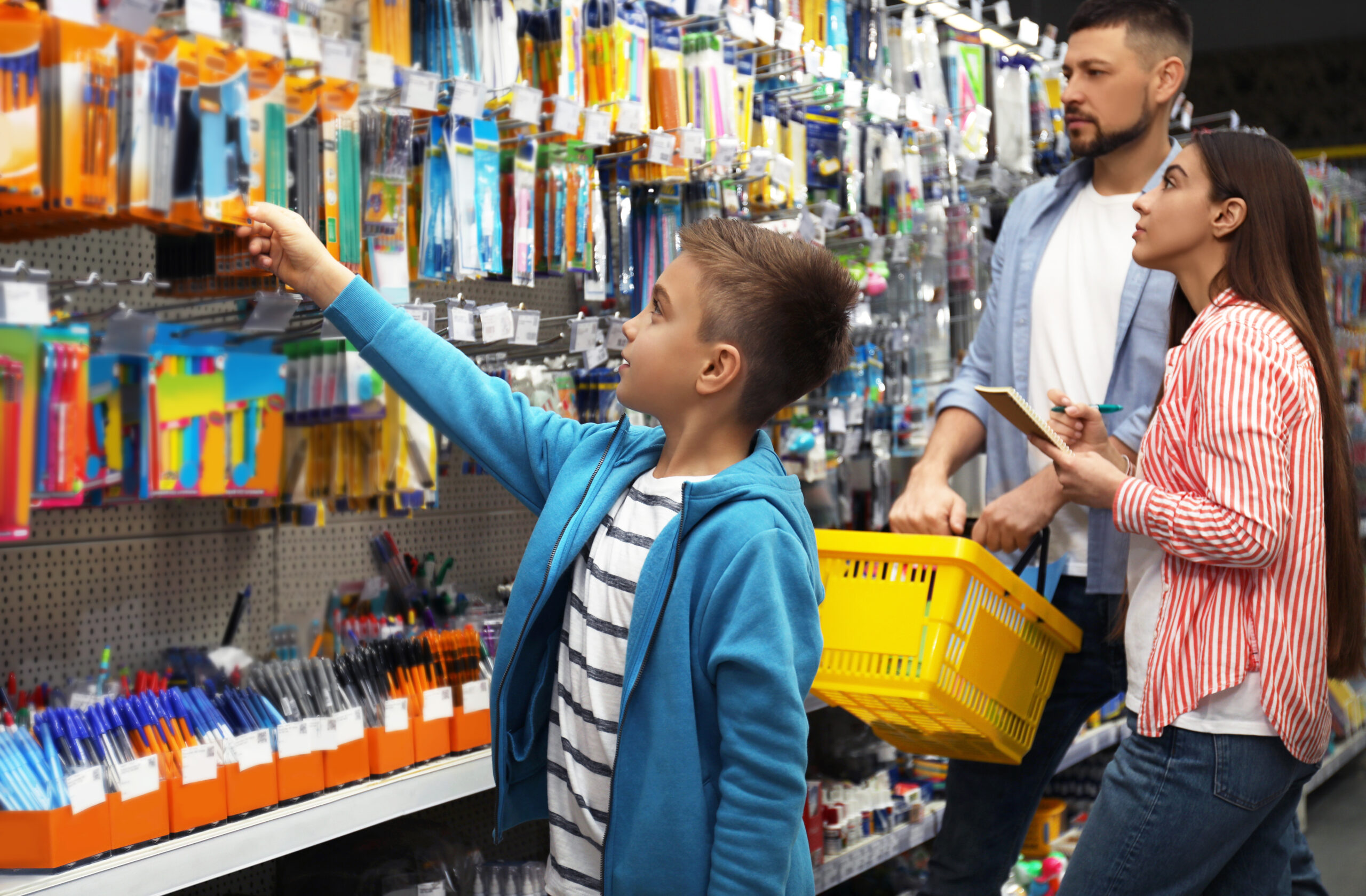3 Back to School Tips for the Data-Driven Retailer

The Back-to-School Retail Opportunity
As a data-driven retailer, you know that the back-to-school (B2S) shopping is the second largest spending event for families after the holiday season. But with factors like inflation and changing shopping habits impacting the retail market, how can you make the most of your efforts in this critical shopping season? You start relying more on data-backed intelligence to execute your plans and use insight from analytics to empower your customer engagement.
Interested in learning how your security technology can deliver business intelligence for your retail organization?
Holistic Intelligence with Data Fusion
To support the shift towards data-driven retail, merchants are both adopting new IoT sensors – such as smart RFID-enabled shelves – while considering how to maximize the applications and ROI of already–integrated technologies, such as surveillance cameras and point of sale (POS) devices. By identifying new data sources, new ways of leveraging information, and new opportunities for data fusion, retailers are gaining a deeper more holistic perspective into their business.
By using these data sources to gain insight into who is shopping at their stores, which products and displays are most popular, and how consumers navigate the store, retailers can execute plans to deliver an engaging and compelling shopping experience now, that will also drive brand loyalty in the long-term. Need some direction on where to start?
Here are the three top data points you should be evaluating to formulate optimized B2S plans:
1. Demographic Data
It is crucial for data-driven retailers to know their audience – by identifying and segmenting engaged shoppers, efforts can target those audiences while also exploring how to attract other types of shoppers. Furthermore, retailers can leverage demographic data to identify the advertising, promotions, and products that are most successful.
Video analytics can aggregate video surveillance content captured over time and analyze it to evaluative customer interactions with promotions, products, and store layouts. Using visualizations, heatmaps, and dashboards representing trends in video data, retailers can first pinpoint merchandising and advertising efforts that were successful and then formulate strategic plans based on actionable intelligence.
2. Consumer Activity
Video analytics can illustrate consumer activity using heatmaps and navigational data which can empower informed decision making. For instance, a retailer can use data from video analytics to determine whether shoppers dwelling in a certain area of their store spend more time in the store overall. They can become more granular by exploring which product displays customers find most interesting, or if customers return to a display multiple times during their visit. These insights empower retailers to make strategic decisions on where to focus their efforts.
Furthermore, by integrating this intelligence with other data sources, retailers can gain critical insight into their highest performing merchandise. For instance, a retailer might rely on RFID tags to understand how often certain objects were picked up off a shelf, indicating interest in the product. This item interaction data could then be correlated with visitor navigation data from video analysis, as well as inventory and POS data, to indicate the conversion rate for the particular item. The holistic and comprehensive intelligence provided by this data fusion could help inform future pricing, merchandising, and advertising decisions to drive conversions and business performance for the retailer – without speculation.
3. Navigational Trends
Data-driven retailers leverage their smart infrastructure and IoT devices for long-term data aggregation and analysis. In preparation for major shopping seasons, like B2S, these retailers should evaluate navigational trends to maximize the floorspace, product display placement, and even employee distribution throughout the store based on consumer interaction data. Using heatmaps and path data from video analytics, retailers can pinpoint obstructions, popular paths and underutilized spaces (included entrances and exits) and strategically optimize floorplans in anticipation of increased shopper traffic.
Not only is this critical for ensuring that consumers can comfortably navigate the store, maximizing store layout is also key for preventing congestion and crowding, which can deter even the most motivated shoppers from completing their purchase. By reviewing past data and identifying the impact of crowds on conversions and cart abandonment, retailers can plan and update their strategies to ensure a smooth shopping experience for B2S shoppers.
A Head Start for Success
Of course, data-driven retail strategies are key beyond the back-to-school shopping season. These principles and strategies can (and should!) support everyday retail decision-making. That being said, with 68% of back-to-school shoppers planning to shop during major sale events in early July, sale events– it’s never too early to transform your business with business intelligence and analytics-driven solutions.
To learn more about how you can transform your security tech stack into a data-driven profit center, watch our webinar.
Editor’s note: This post was originally published in May 2019, and has been refreshed and updated for accuracy.
Signup to receive a monthly blog digest.
